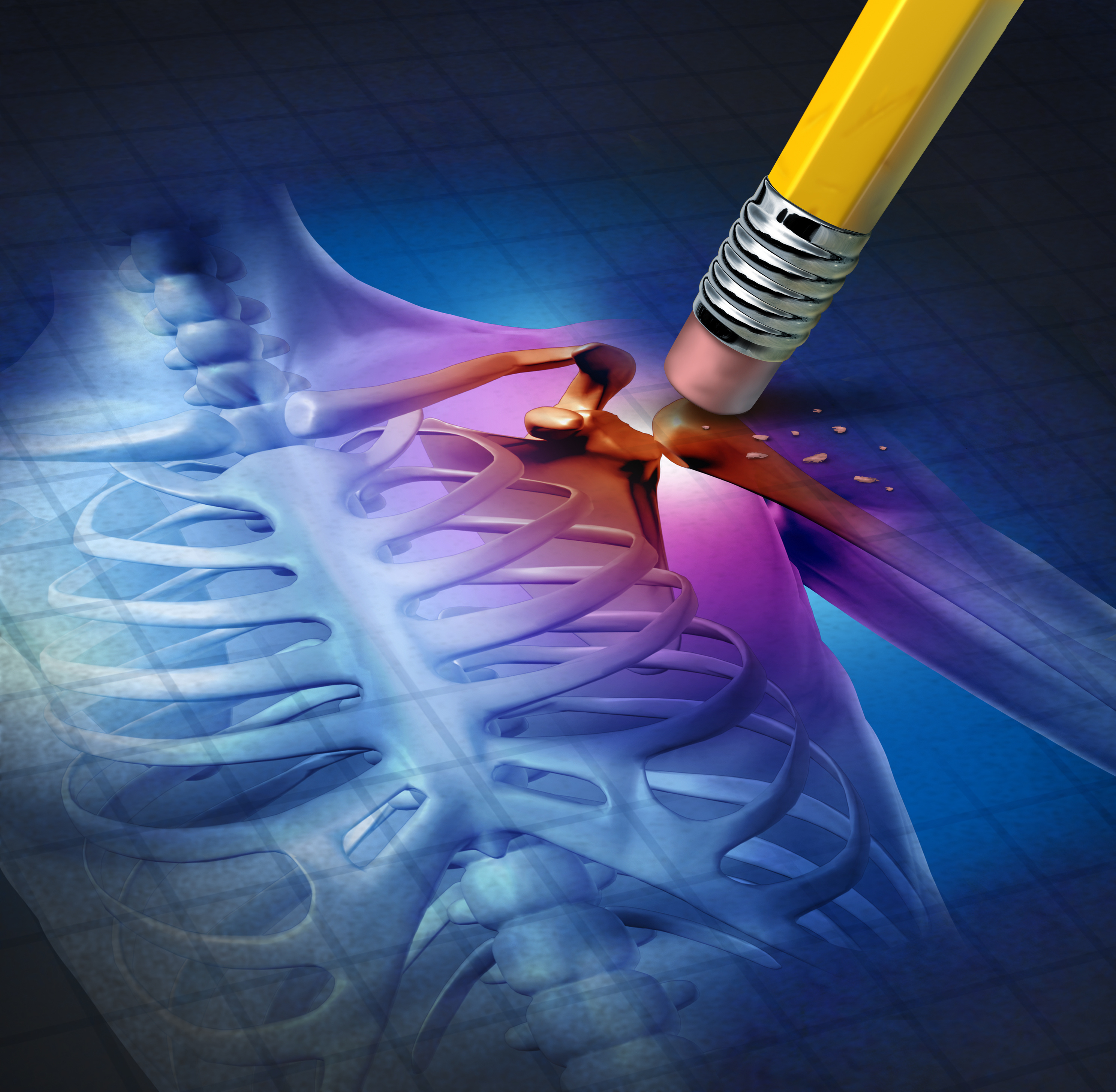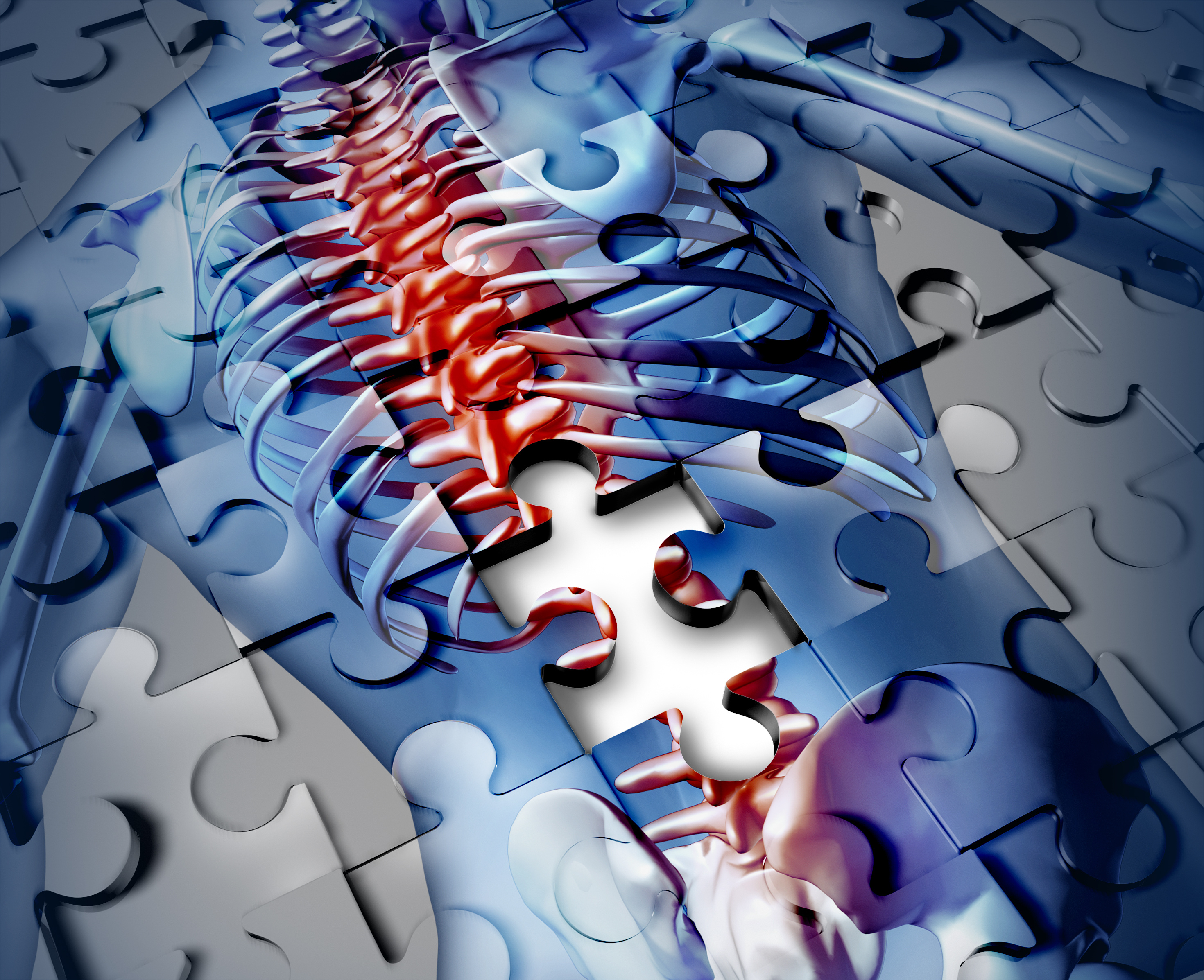And yet we know that it is possible to have pain without tissue damage and tissue damage without pain. Working with claimants with pain, regardless of where their path crosses ours, therefore, requires the clinician to make a conscious decision to believe the claimant.
Acute vs Chronic Pain
Pain can be acute or chronic, or even a little bit of both! Determining whether pain is acute or chronic is key to understanding the clinical presentation of the claimant and determining the appropriate treatment options.
In the past, the only metric used to classify pain as acute or chronic was time. Pain that was present for less than 6 weeks was classed as acute, while anything from 12 weeks on was considered chronic.
A more helpful way of considering whether pain is acute or chronic is to think about whether it is still helpful and adaptive.
Pain has a job – its job is to protect us, to help us survive. In the acute setting, this might mean that we don’t use an injured limb so that it can heal, or that we rest in bed if we have body pain due to a fever, but what happens if the pain persists past the point of tissue healing? It becomes maladaptive, it is no longer doing its job, it is no longer useful.
Acute pain is described as pain of recent onset and probable limited duration. It usually has an identifiable temporal and causal relationship to injury or disease. It has predictable behavior and responds to treatment in the expected way. On the flip side, chronic pain is a disease in and of itself, where pain and pain-related disability becomes the problem, more than the underlying structural pathology (if any). It is often unpredictable and does not respond to treatment in the expected way.

So how do we understand pain as a disease? The current preferred model is that of the body-self-neuromatrix, which describes pain as an output that has multiple dimensions across multiple body systems including the central nervous system, cognition affect, the limbic system, the endocrine system, the stress system, the immune system and the sensory system to name but a few.
The premise, therefore, is that the clinical presentation of someone with chronic pain is much more complex than merely what their diagnosis is on paper and that the focus of an assessment of pain should be to determine the underlying physiological mechanisms that are contributing to the unique experience of the output of pain.
It is essential for the clinician to consider the whole person, including their thoughts, fears, concerns, and ideas about their pain as well as their readiness to engage in treatment. A critical shift in emphasis in the treatment of chronic pain is that the goal is not necessarily to take the pain away, but rather to increase function, improve independence and improve quality of life despite pain, and so doing hopefully also reduce the intensity of the pain.
So, what is the bottom line?

Pain is complex, invisible, disempowering, and socially isolating. Claimants with pain are not difficult or high maintenance – they have pain and deserve compassion and respect for the part of the road that they have already traveled. Understanding the physiology (to the extent that we can) and the context is critical to identify the right treatment for the right claimant at the right time. Due to the multidimensional nature of pain, there is no one size fits all approach. Treatment should be multimodal and ideally delivered by an interdisciplinary team. The focus of treatment must be the restoration of ‘well-behaviors’ rather than symptom alleviation; and return to work forms a critical part of this. Early intervention that focuses on improving resilience and changing modifiable vulnerability factors can prevent secondary complications and decrease disability.
The second article in this series focuses on claims considerations in relation to pain and looks at some common challenges at claims stage and potential solutions.






